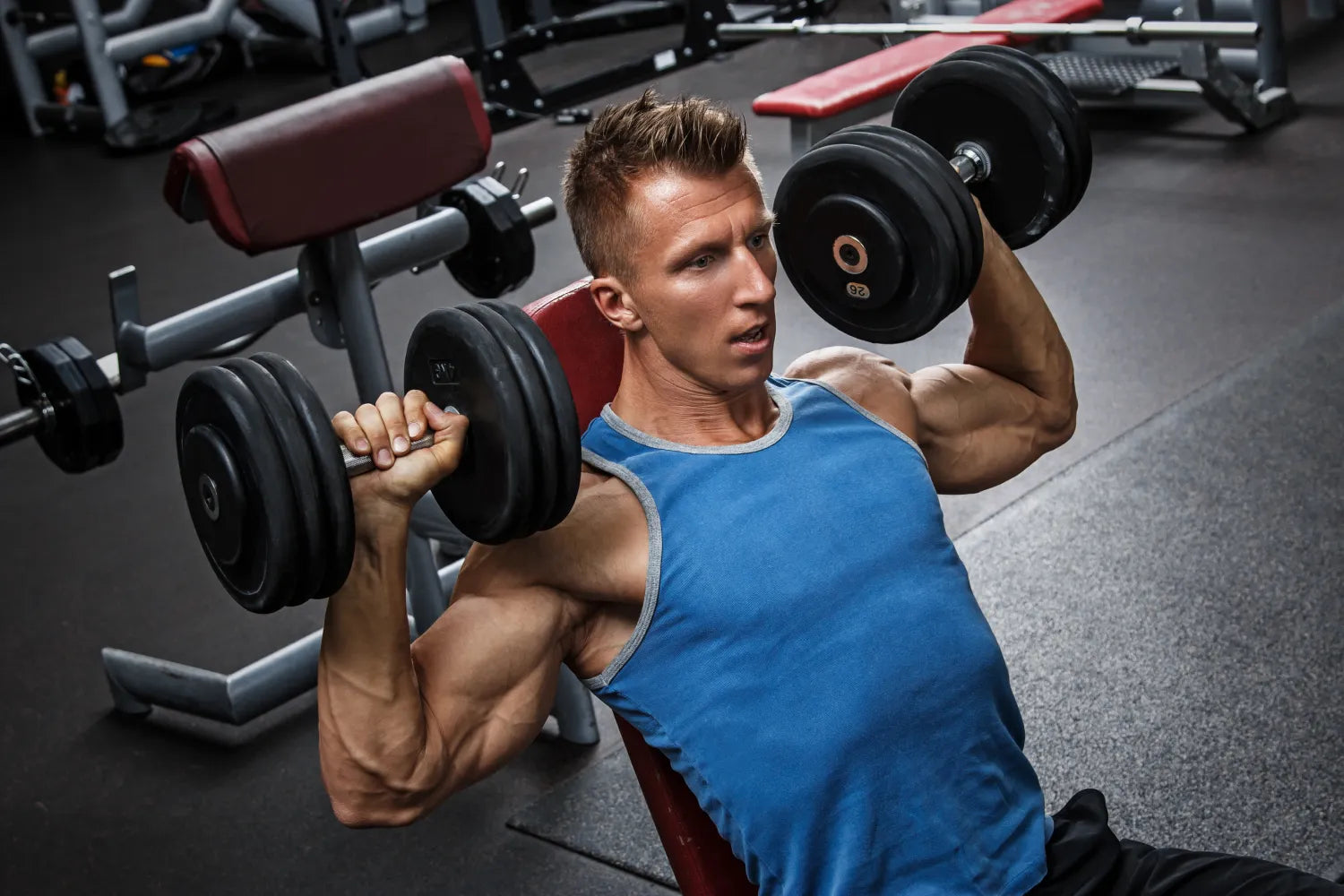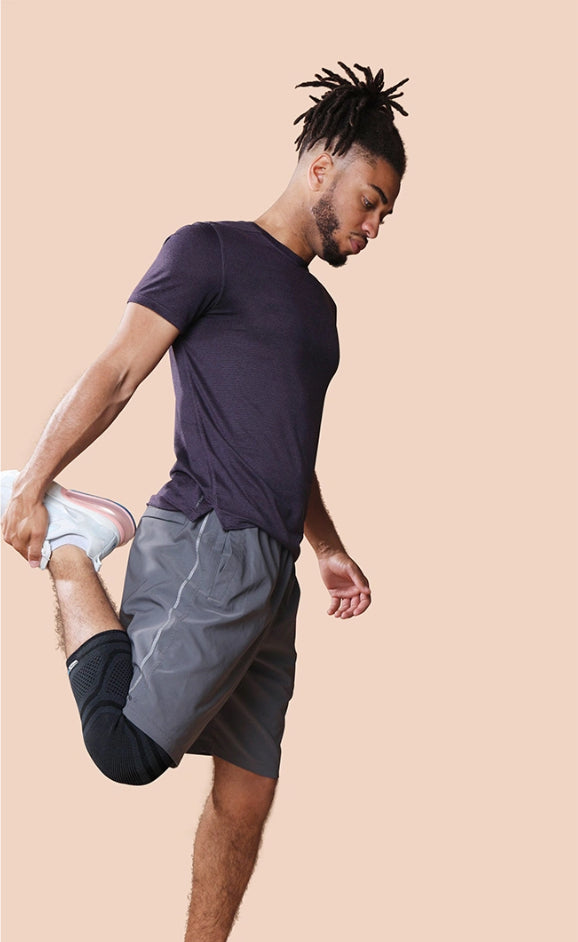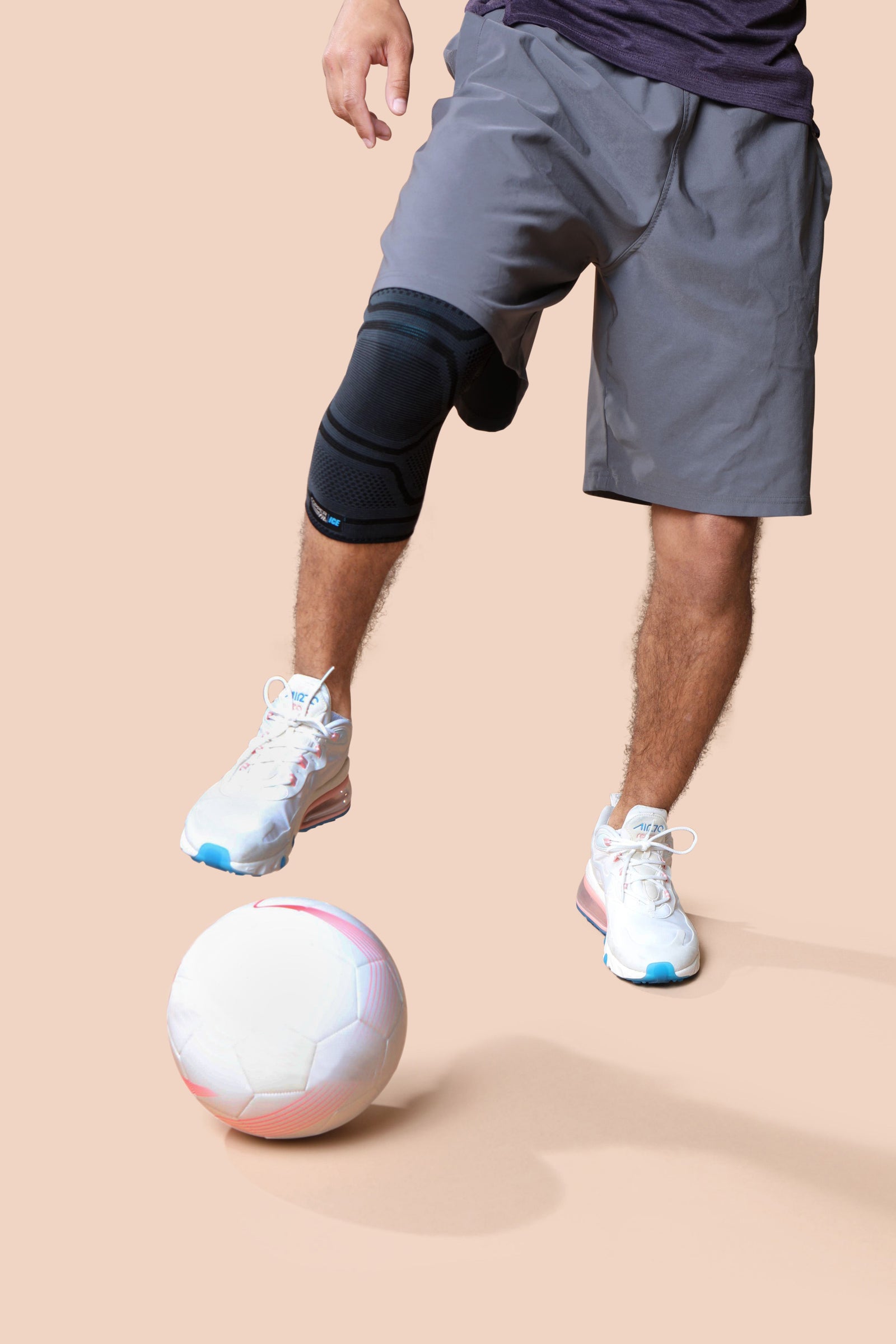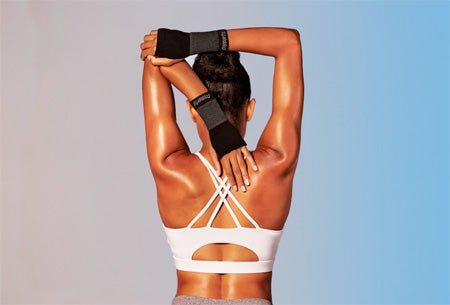
When it comes to building an impressive upper body, your shoulders are the foundation. Strong shoulders help you move better, feel stronger, and perform at your best, whether you’re lifting weights, playing sports, or just carrying groceries.
But getting bigger, more defined shoulders takes more than a few random presses or flyes. It takes consistency, smart programming, and attention to both effort and recovery.
If you’ve ever struggled to grow your shoulders or felt stuck in your progress, you’re not alone. Shoulder muscles can be stubborn. The good news is that with the right training approach and a little patience, you can start seeing real results.
Let’s break down what makes effective shoulder training work and give you the tools you need to build strength and size safely.
Why Does Shoulder Training Matter?
Your shoulders are one of the most mobile and active joints in your body. From pressing overhead to pushing open a door or tossing a ball, your shoulders are involved in nearly every upper-body movement you make.
They also play a key role in supporting good posture and reducing the strain on your neck and upper back. When trained properly, bigger, stronger shoulders can help you move through your day with confidence and power.
Understanding Shoulder Anatomy
Before you jump into training, it helps to know what you’re working with. The shoulder is a group of muscles that work together to lift, rotate, and stabilize your arm.
Here are the three main parts of the shoulder muscle, known as the deltoid:
- Anterior Deltoid (Front):This muscle helps with forward lifting movements, like front raises and overhead presses.
- Lateral Deltoid (Side):This muscle is responsible for lifting your arms out to the side, creating width and roundness in your shoulders.
- Posterior Deltoid (Rear):This muscle works to pull your arms back and support good posture.
While it’s tempting to focus only on the front and side for that “capped” shoulder look, true shoulder strength comes from training all three areas evenly. Balancing your training not only helps you build size more effectively but also helps prevent muscle imbalances that could lead to tension or discomfort down the line.
What Are the Best Shoulder Exercises for Size and Strength?
Ready to hit the gym or your home workout space? Here are the most effective exercises to build bigger, stronger shoulders. You don’t have to do them all in one session. Start with a few, and adjust your routine as you get stronger.
Overhead Press Variations
The overhead press is the king of shoulder exercises. It targets all three heads of the deltoid while also engaging your core for stability.
- Standing Barbell Overhead Press:This is a classic strength-building move. Standing with your feet shoulder-width apart, press a barbell from your chest to overhead, locking out your elbows at the top. Start light to focus on form before adding heavier weights.
- Dumbbell Shoulder Press:If you’re training at home or want to work each side independently, grab a pair of dumbbells. Press them overhead while seated or standing. Dumbbells allow for a greater range of motion, which helps activate the shoulder muscles even more.
- Machine Press:For beginners or those looking to control their form, shoulder press machines can offer guided support while still building strength.
Isolation Movements for Targeted Growth
After your main presses, add in isolation movements to focus on specific parts of the shoulder.
- Lateral Raises:These are perfect for building width through your side delts. Hold light to moderate weights at your sides, and raise your arms out to shoulder height, keeping a slight bend in your elbows. Focus on controlled movement rather than momentum.
- Front Raises:Target the front of your shoulders by lifting dumbbells or a weight plate in front of your body to shoulder height. Keep the movement smooth and steady.
- Reverse Flyes:This move strengthens your rear delts and helps balance out all the pressing work. Bend at the hips with a flat back, hold weights below you, and raise your arms out to the sides like wings. Pause at the top to feel your shoulder blades squeeze together.
Pulling Movements for Rear Shoulder Development
Pulling exercises are often overlooked in shoulder training, but they’re key for balance and posture.
- Face Pulls:Using a resistance band or cable machine, pull the handles toward your face, keeping your elbows high. This movement targets the rear delts and upper back, helping to keep your shoulders healthy and stable.
- Rear Delt Rows:Similar to traditional rows, but with a wider grip and focus on pulling your elbows out to the sides. This helps build the often-neglected rear delts, improving your overall shoulder symmetry.
Bodyweight and Functional Movements
If you don’t have access to weights or just want to add variety, bodyweight and functional movements can deliver serious results.
- Pike Push-Ups:Start in a downward dog position with your hips high. Bend your elbows and lower your head toward the ground, then push back up. This bodyweight move mimics an overhead press and challenges your shoulders and core.
- Handstand Push-Ups (Advanced):For experienced athletes, handstand push-ups build strength and control in your shoulders. Practice against a wall for stability and work up to unassisted reps over time.
- Kettlebell or Dumbbell Carries:Carrying a heavy weight at your side or overhead challenges your shoulder stability and grip strength. Start with short distances and build from there.
Programming Tips: Reps, Sets, and Frequency
Building bigger, stronger shoulders isn’t just about choosing the right exercises but knowing how to structure your workouts so they actually lead to results. Random reps and rushed sets won’t cut it. Here’s how to get the most out of your training.
When your goal is muscle growth (also called hypertrophy), you’ll want to work in the eight to 12 rep range. This gives your muscles enough time under tension to spark growth without forcing you to lift so heavy that your form starts to suffer. For strength-focused training, aim for four to six reps with heavier weights, but only if your form is locked in.
Keep your shoulder workouts short and focused, starting with big, compound movements like overhead presses before moving into your isolation exercises. Two or three working sets per exercise are a good place to start.
How often should you train your shoulders? One to two focused sessions per week is enough for most people. Your shoulders already get worked during other upper body exercises like bench presses and rows, so blasting them every day can backfire. Space out your sessions to give your muscles time to recover, rebuild, and come back stronger.
Recovery: Supporting Your Shoulders Between Workouts
Recovery isn’t just something you do when you’re sore. It’s a crucial part of how your body builds muscle, relieves tension, and keeps you feeling your best.
Your muscles grow and repair when you rest, not when you train. That’s why rest days and quality sleep are non-negotiable. If you’re pushing through every day without a break, you might be holding yourself back without realizing it.
Active recovery is another great tool. Light movement like walking, stretching, or yoga can help promote healthy circulation without overloading your shoulders again. This keeps your body moving without adding more strain.
You can also use hot and cold therapy to help soothe tension and support your recovery process. Cold therapy is typically used when your body feels worn down or overworked. It helps provide a cooling sensation that may ease areas of overuse. Heat therapy, meanwhile, is often used to help promote blood flow and muscle relaxation, especially if you’re feeling tight or stiff.
Compression gear, mobility work, and light stretching can also be useful between sessions to keep your shoulders feeling fresh and ready to go.
The Importance of Balanced Training To Prevent Overuse
It’s easy to fall into the trap of overworking the front and side of your shoulders because those areas tend to show results faster. But over-focusing on these areas without balancing your training can lead to muscle imbalances, stiffness, and discomfort.
Make sure your routine includes pulling movements like face pulls and rear delt rows. These exercises target the back of your shoulders, helping improve posture and overall shoulder health.
Balance isn’t just about hitting every muscle. It’s also about balancing push and pull exercises across your week. If you’re doing a lot of overhead or bench presses, make sure you’re also doing pulling movements like rows and band pulls. This keeps your shoulder joints and surrounding muscles working in harmony.
The Bottom Line
At Copper Fit, we understand what it feels like to want more from your training — to want to move better, feel stronger, and perform at your best. We’ve been there ourselves. That’s why we’re here to remind you that it’s not about going harder every single day. It’s about training smart, listening to your body, and giving yourself the support you deserve along the way.
Bigger, stronger shoulders take time, but every smart choice you make brings you closer to your goal. Keep showing up, keep balancing your effort with recovery, and trust the process. We’re here to help you stay active, feel better, and keep moving forward, because you deserve to feel your best, every single day.
Sources:
The Shoulder: Anatomy and Normal Range of Motion | HSS
Guide to Good Posture | MedlinePlus
The mechanisms of muscle hypertrophy and their application to resistance training | PubMed
Healthy Buffs: Making gains with your rest days | CU Boulder Today





